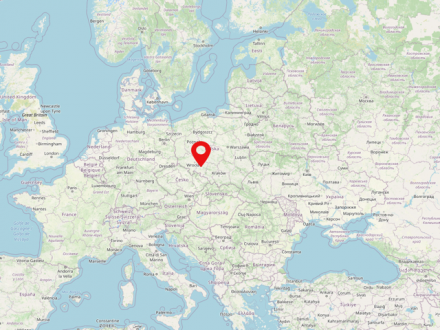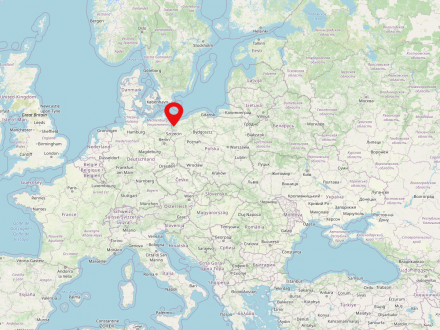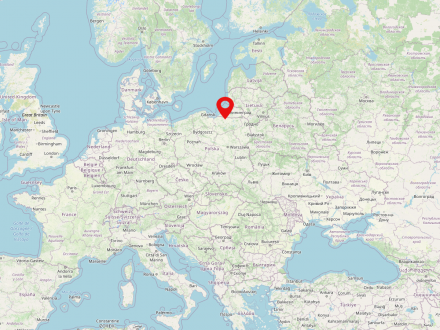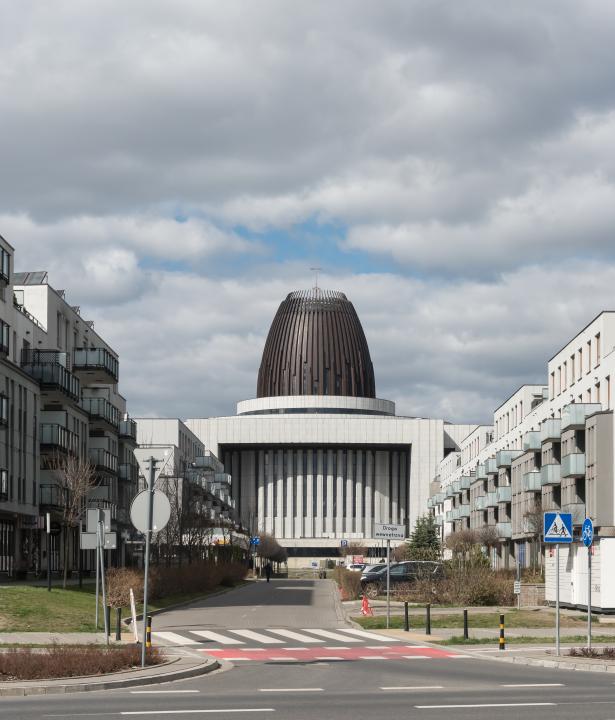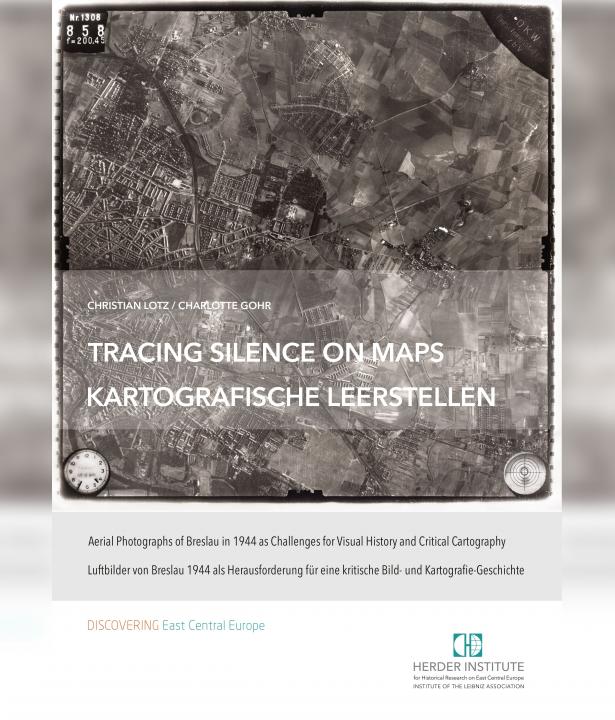Silesia (Polish: Śląsk, Czech: Slezsko) is a historical landscape, which today is mainly located in the extreme southwest of Poland, but in parts also on the territory of Germany and the Czech Republic. By far the most significant river is the Oder. To the south, Silesia is bordered mainly by the Sudeten and Beskid mountain ranges. Today, almost 8 million people live in Silesia. The largest cities in the region are Wrocław, Opole and Katowice. Before 1945, most of the region was part of Prussia for two hundred years, and before the Silesian Wars (from 1740) it was part of the Habsburg Empire for almost as many years. Silesia is classified into Upper and Lower Silesia.
Pomerania is a region in northeastern Germany (Vorpommern) and northwestern Poland (Hinterpommern/Pomorze Tylne). The name is derived from the West Slavic 'by the sea' - 'po more/morze'. After the Thirty Years' War (Peace of Westphalia in 1648), Western Pomerania initially became Swedish, and Western Pomerania fell to Brandenburg, which was able to acquire further parts of Western Pomerania in 1720. It was not until 1815 that the entire region belonged to the Kingdom of Prussia as the Province of Pomerania. The province existed until the end of World War II, its capital was Szczecin (today Polish: Stettin).
East Prussia is the name of the former most eastern Prussian province, which existed until 1945 and whose extent (regardless of historically slightly changing border courses) roughly corresponds to the historical landscape of Prussia. The name was first used in the second half of the 18th century, when, in addition to the Duchy of Prussia with its capital Königsberg, which had been promoted to a kingdom in 1701, other previously Polish territories in the west (for example, the so-called Prussia Royal Share with Warmia and Pomerania) were added to Brandenburg-Prussia and formed the new province of West Prussia.
Nowadays, the territory of the former Prussian province belongs mainly to Russia (Kaliningrad Oblast) and Poland (Warmia-Masuria Voivodeship). The former so-called Memelland (also Memelgebiet, lit. Klaipėdos kraštas) first became part of Lithuania in 1920 and again from 1945.
The Free City of Gdansk was an independent free state under the protection of the League of Nations, which existed from 1920 to 1939. The state was a republic with German as its official language. In the Free City of Gdansk lived about 415,000 people, mainly Germans and Poles.
With over 770 photographs, the section on the city of Wroclaw forms the most extensive and densest part of the collection and is therefore particularly suitable for comprehensive image documentation. On the basis of the 34 photographs selected for the exhibition, it is possible, on the one hand, to illustrate the particularly dynamic urban planning phase of the interwar period and, on the other hand, to provide a final glimpse of the "Flower of Europe" before it was destroyed at the end of the Second World War.
The entire stock of the oblique aerial photographs can be searched in the <a href="https://www.herder-institut.de/bildkatalog/index/index?tree[Sammlungen]=16" id="1061" target="_blank" title="To the Image Catalog ("Bildkatalog") of the Herder Institute">Image Catalog ("Bildkatalog") of the Herder Institute.





